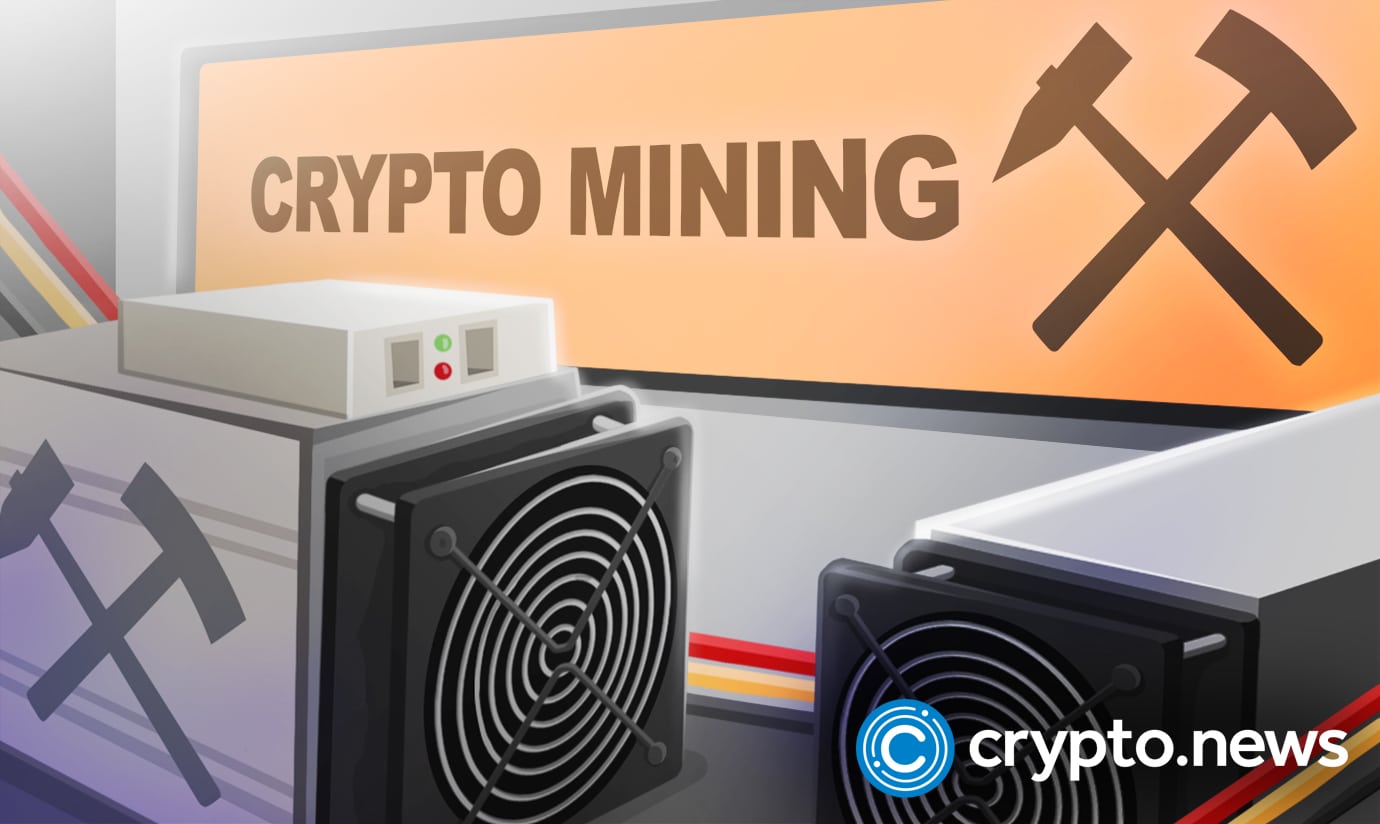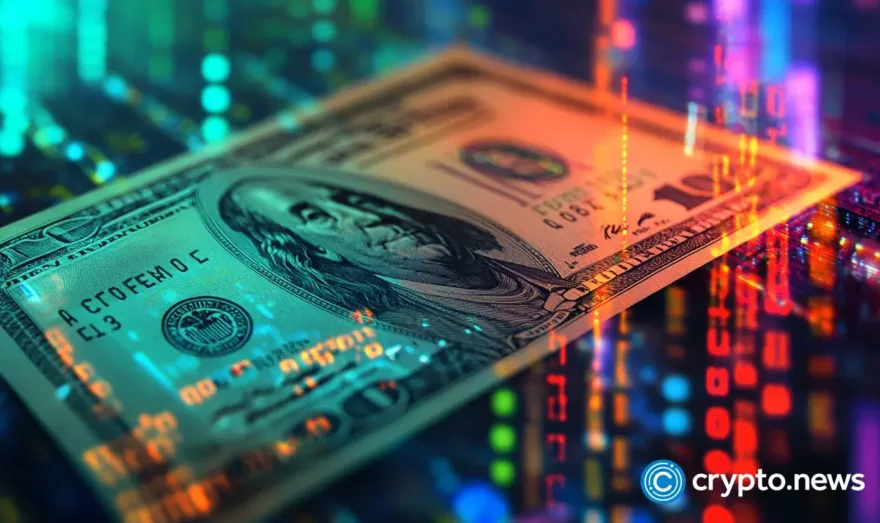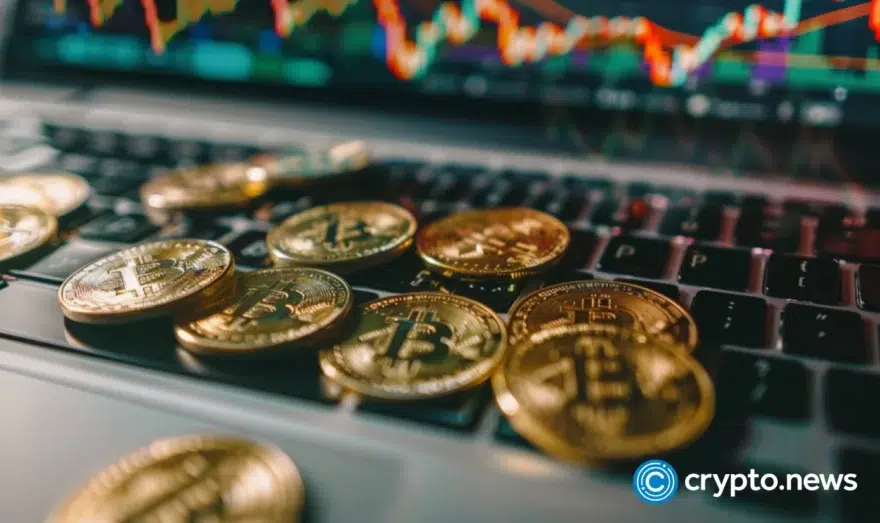Tesla and Blockstream Partner for Solar Powered Bitcoin Mining

Blockstream, a Bitcoin startup, and Block (previously Square), a digital payments provider, will use Tesla’s Megapack technology to power a new solar and battery-powered mining center. According to a recent report, the mining site would have 3.8 megawatts (MW) of electricity power thanks to Tesla’s Solar photovoltaic cell array and a 12 MWh Megapack.
Making Bitcoin Mining More Feasible
Megapack is a strong lithium-ion battery manufactured by Tesla Energy that provides energy storage and support. Notably, Hut 8 Mining, a top publicly-traded Bitcoin mining company, has around 209 MW of total contractual mining capacity.
The venture’s goal is to look into the viability of running a Bitcoin mine using zero-emission energy. Blockstream and Block began working together on the project in June of last year, with Block agreeing to contribute $5 million to its completion.
Along with the physical construction, the Blockstream and Block teams will create a publicly available dashboard to report on the project’s economics. Power production, the amount of Bitcoin mined, storage performance, overall uptime, expenditures and return on investment, and so on will be key indicators. It will be available from any browser 24 hours a day throughout the week.
A Plan Towards Sustainable Energy
The solar-powered bitcoin mining facility was first revealed last year as proof of concept to show that bitcoin mining can be done using sustainable energy.
According to a press statement from Block, “the facility will be a proof-of-concept for a 100 percent renewable energy Bitcoin mine at scale, with the economics of the build-out — including operational costs and returns on investment — made public.”
Blockstream is one of the major Bitcoin infrastructure firms, providing Bitcoin mining hosting services, the Liquid Bitcoin sidechain, the c-lightning Lightning Network implementation, a Bitcoin blockchain satellite network, and other services. Block also includes several sections dedicated to the advancement of the Bitcoin ecosystem. According to Block’s announcement, both corporations would contribute $6 million to the initiative.
Is “Green” Bitcoin Really Feasible?
While solar Bitcoin mining is technically carbon-neutral, there is considerable debate among the cryptocurrency community concerning its feasibility. Braiins, the world’s oldest Bitcoin mining pool, conducted a feasibility study on utilizing solar energy to mine Bitcoin in June 2021, concluding that it was not economical, even when including near-free power expenses and recycling excess energy during peak sunny hours.
Kristian Csepcsar, chief marketing officer of Braiins, is an outspoken opponent of solar Bitcoin mining. He claims that using standard criteria to assess its “environmental friendliness” ignores aspects such as the generation of “brutally” hazardous chemicals during the manufacturing of solar panels.
The Future of “Green” Bitcoin
There is yet the potential for a somewhat green future for bitcoin mining throughout the world. Market conditions may alter to make this more possible than it is now. Such moves could include a fall in hardware prices if other manufacturers compete with MicroBT and Bitmain.
Other renewable energy sources, such as hydro and geothermal, are already a significant component of the bitcoin mining environment. On the other hand, wind energy has the potential to be more realistic since it can produce more consistently than solar.
The Bitcoin network’s energy usage may be increasing, but this does not tell us anything about its real environmental effect. Even discussing the denomination of hash rate produced by renewable energy overlooks green use cases such as ingesting waste gas or utilizing the low-grade heat output from ASICs for various home and industrial uses.
It is all extremely complicated and intricate, but one thing is certain: we require proof of work to create a genuinely decentralized global monetary network.














